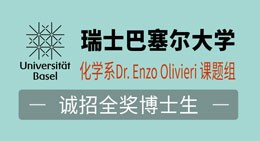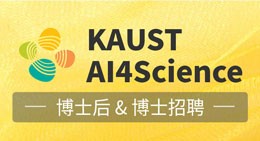Science of the Total Environment ( IF 8.2 ) Pub Date : 2019-01-02 , DOI: 10.1016/j.scitotenv.2018.12.425
M. Safiur Rahman , M.D.H. Khan , Y.N. Jolly , J. Kabir , S. Akter , A. Salam
Contaminants in road dusts can directly pose significant human health risks through oral ingestion, particle inhalation, and dermal contact. Therefore, this study has been designed to analyze heavy metal contaminations in 88 street dusts collected from the 22 high traffic sites and industrial areas of the Southeast Asian Megacity: Dhaka (capital of Bangladesh) using energy dispersive X-ray fluorescence (EDXRF) spectroscopy. This study revealed that the maximum Pb, Cd, Zn, Cr, Ni, As, Mn and Cu contents in the street dust samples were 18.9, 11.6, 239.2, 144.3, 37.1, 8.1, 261.5 and 49.6 mg/ kg respectively in which Ni and Pb concentration were 2 times, and Cd concentration was 200 times higher than the background level in soil; and As concentration was slightly higher than soil background level. The spatial distribution of heavy metal concentrations in street dust samples in Dhaka City was revealed that the hot spot areas of Pb, Ni, Cd and As were mainly associated with heavy traffic and industrial activities. The risk assessment strategies were used for this study for identifying the routes of exposure through oral ingestion, inhalation, and dermal contact by the fine particles (~75 μm) of street dust, especially for children based on the US EPA health risk models. Both non-carcinogenic and carcinogenic risks of heavy metals were characterized in street dust samples. Results based on the hazard index (HI), in the case of non-cancer effect, the ingestion of dust particles of children and adults in Dhaka City appeared to be the route of exposure to street dust that results in a higher risk for heavy metals, followed by dermal contact. This study revealed that the inhalation of re-suspended particles through mouth and nose were almost negligible. It was also noticed that children were experiencing the potential health risk due to HI for Cr (1.04), which was slightly higher than the safe level 1, and Cd (0.69) was close to the safe level 1. Reversely, cancer risk for Cr (i.e. 4.27 × 10−6) was fallen within the range of threshold values (10−4 to 10−6) and As (i.e. 9.59 × 10−7) was close to the upper limit of threshold values (10−4 to 10−6).
中文翻译:

通过东南亚大城市的街道灰尘评估重金属污染对人体健康的风险:孟加拉国达卡
道路扬尘中的污染物会通过口服,颗粒吸入和皮肤接触直接对人类健康构成重大风险。因此,本研究旨在使用能量色散X射线荧光(EDXRF)光谱法分析从东南亚大城市:达卡(孟加拉国首都)的22个高流量站点和工业区收集的88条街道灰尘中的重金属污染。该研究表明,街道粉尘样品中的最大Pb,Cd,Zn,Cr,Ni,As,Mn和Cu含量分别为18.9、11.6、239.2、144.3、37.1、8.1、261.5和49.6 mg / kg,其中Ni铅的含量是土壤中本底水平的2倍,镉的含量是本底水平的200倍;砷的含量略高于土壤本底水平。达卡市街道灰尘样品中重金属浓度的空间分布表明,铅,镍,镉和砷的热点地区主要与交通繁忙和工业活动有关。该风险评估策略用于本研究,以识别通过街道灰尘,细小颗粒(〜75μm)的口腔摄入,吸入和皮肤接触所引起的接触途径,特别是根据美国EPA健康风险模型的儿童。在街道粉尘样本中都对重金属的非致癌和致癌风险进行了表征。根据危险指数(HI)得出的结果,在非癌症作用下,达卡市儿童和成人的尘埃颗粒摄入似乎是暴露于街头尘埃的途径,导致重金属风险更高,然后进行皮肤接触。这项研究表明,通过口腔和鼻子吸入的重悬颗粒物几乎可以忽略不计。还注意到儿童由于HI(Cr(1.04))HI而面临潜在的健康风险,Cr略高于安全水平1,而Cd(0.69)接近安全水平1。相反,Cr的癌症风险(即4.27×10-6)落在阈值(10 -4到10 -6)的范围内,并且As(即9.59×10 -7)接近阈值的上限(10 -4到10 -6)。

































 京公网安备 11010802027423号
京公网安备 11010802027423号